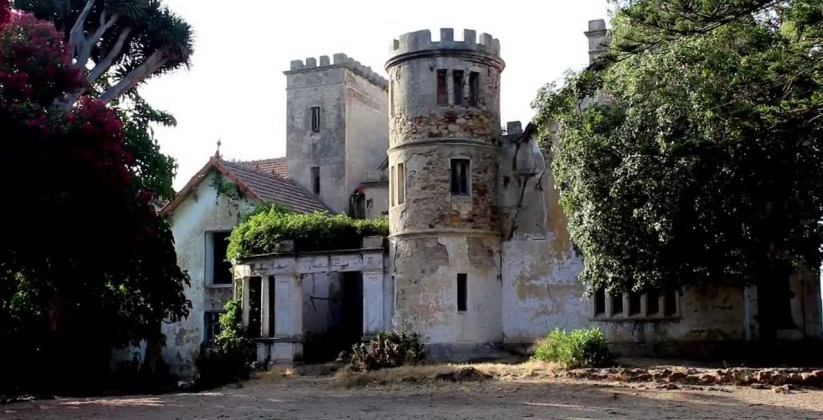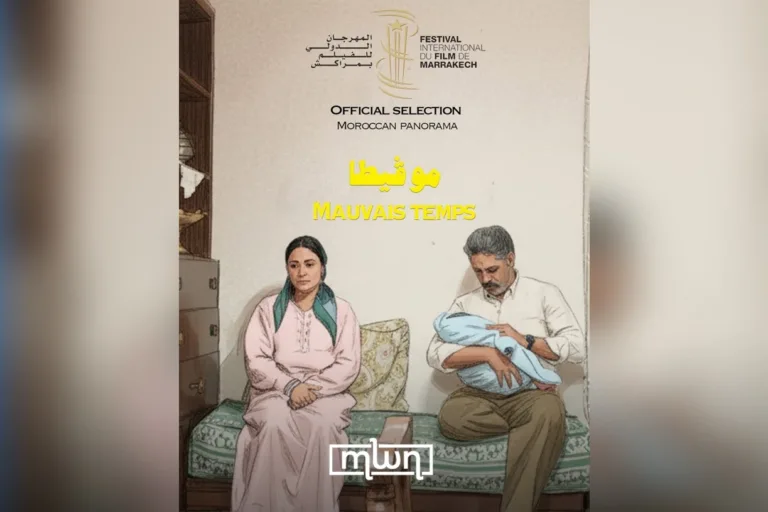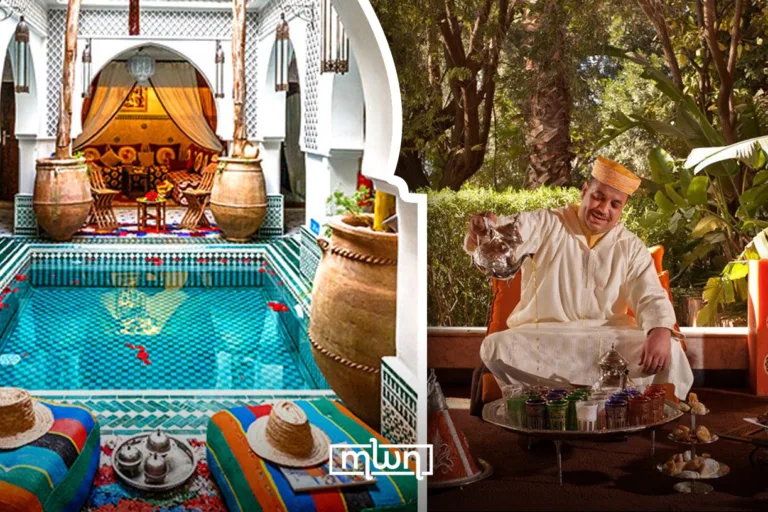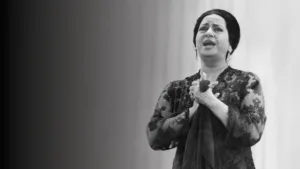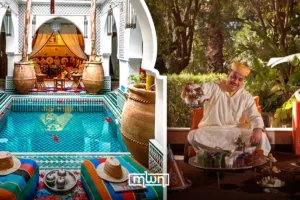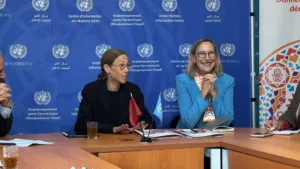Rabat – In the late 19th century, Ion Hanford Perdicaris arrived in Tangier not as a colonizer or missionary, but as something less easily defined. Born in Athens to a Greek father and American mother, studied in the US before becoming a British citizen.
He settled in Morocco during a time when Tangier was becoming a geopolitical pressure point, at once a sanctuary for exiles and a playground for diplomats.
Perdicaris purchased land in Rmilat, just outside the city, a forested clifftop with views stretching across the Strait of Gibraltar.
There, around 1878, he built what would later become known as Villa Perdicaris, a grand, eclectic residence with European architecture nestled in Moroccan nature. Some say he named the estate “Aidonia,” Greek for nightingales, which sang in the surrounding forest.
Tour guides and travel blogs often spin a bittersweet tale: that Perdicaris built the villa to help his wife recover from tuberculosis. The climate was believed to have healing powers, and Tangier had long been a haven for those suffering from lung conditions.
It’s a beautiful story, but one that may be more fiction than fact.
Perdicaris did have a wife, Ellen Varley, daughter of an English engineer and widow of a British military officer. She’s sometimes described as refined and reserved, known in Tangier for her charity work and social engagements.
The couple appears to have led an active life in Tangier, hosting gatherings and participating in the city’s civic scene. The tuberculosis narrative, while appealingly poetic, may simply be one of those myths that cling to old walls and empty parlors.
Perdicaris immersed himself in Tangier’s civic affairs, even serving on the city’s Hygiene Commission. His home became a gathering place for artists, thinkers, diplomats, and merchants.
His fascination with the exotic wasn’t limited to architecture and art. He kept a private menagerie at the villa, including monkeys, birds, and reportedly even a lion cub, a practice not uncommon among wealthy Europeans in North Africa at the time.
The villa was more than a home; it was a performance of identity, a stage upon which he played the role of enlightened gentleman in an “Oriental” setting, yet he actively worked for positive change rather than simply enjoying his privileges.
Then came May 1904.
While dining on the villa’s terrace with his stepson, Perdicaris was abducted by the infamous chieftain, Mulai Ahmed er Raisuni. The kidnapping was not personal; it was political. Raisuni demanded the release of prisoners and recognition from the Sultan, using Perdicaris as a high-profile pawn.
What Raisuni likely didn’t know (or didn’t care) was that Perdicaris had by then given up his American citizenship and become a British subject. But in the eyes of the American press, he was still one of theirs.
President Theodore Roosevelt seized the moment. As the U.S. prepared for an election, Roosevelt dramatized the incident into a call for strength and resolve: “Perdicaris alive or Raisuli dead!” became a campaign slogan, though the crisis was ultimately resolved through diplomatic negotiation.
Back in Tangier, the villa, once a scene of calm, had become a symbol of international tension. The incident exposed the fragility of European dominance and the fierce autonomy of Morocco’s tribal powers, even under foreign pressure.
After Perdicaris’s death in 1925, the villa passed to the notorious Pasha of Marrakesh, Thami El Glaoui, who used it as a summer retreat.
Following Morocco’s independence in 1956, the state took ownership, and the once-elegant residence fell into disrepair. The forest grew wild around it; graffiti crept across its walls.
Only recently, in 2022, has the Moroccan government restored the villa. Today, it functions as a cultural space, open to visitors. The surrounding forest is a protected ecological zone, where joggers and families stroll under eucalyptus and oak trees.
So, was the villa built for love? For climate? For prestige? Probably all of these, and none in particular, just like Perdicaris himself.
The Villa Perdicaris survives not just as a monument, but as a mirror. It reflects whatever people are willing to see in it.

